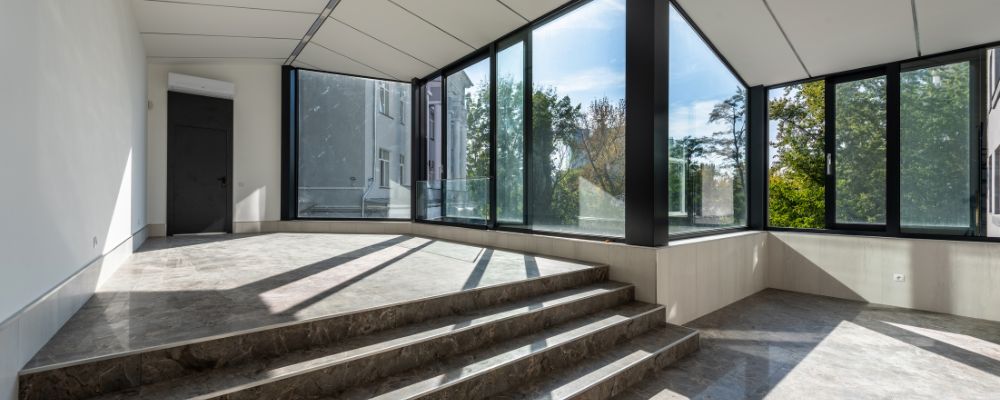The Egyptians
Perhaps the earliest forms of plumbing were invented by the Egyptians around 3000BC for irrigation in farming using copper. These systems drew water from the Nile primarily to feed crops, but they also brought drainage systems to Egyptian homes, however humble, as the culture saw cleanliness as a priority.
The Ancient Greeks.
By around 1500 BC the ancient Greeks had designed the most sophisticated drainage systems yet known. Taking advantage of the steep gradients on the island of Crete, they installed a system of terracotta piping which even directed water to sinks and toilets, a far cry from the systems installed and maintained by Flusso Plumbing in Australia today.
The Romans
The Romans devised the systems that laid the groundwork for those we use today. They built aqueducts to carry fresh water to their cities, sometimes covering great distances. The freshwater was stored in tanks from which it was distributed to sinks, fountains, and public baths. Wealthy Romans had hot and cold water systems in their households.But sadly, the Romans made the mistake of using highly toxic lead to make their water pipes which led to a great number of deaths.
The first water systems in the modern world.
In 1652, a group of early Boston settlers built a conduit system to carry water throughout the city, primarily for putting out fires. Thus, the first city-wide water system was constructed in the modern world. In 1664 in France, the first water main was constructed during the reign of King Louis XIV. The 15-mile cast-iron conduit directed water from a pumping station on the River Seine to Versailles where it supplied the fountains and gardens with water until 1994.
The modernisation of plumbing began: 1800 to 1900.
As cities grew, more people needed access to water for domestic use which prompted some significant advancements. Philadelphia was the first American city to make water safe and universally available. Chicago built the first citywide sewer system in 1855, but in the process, the city streets were raised by 8 feet to create space for the underground sewer system.
The development of the modern toilet
Until very recently toilets were often just a hole in the ground, perhaps with a chair positioned above the hole. Eventually, they began to be made with clay, and later with a combination of vitreous china, resin, and wax. But in the 1870s Thomas William Twyford, a pottery manufacturer, invented the single-piece ceramic toilet.
Modern Times
Under the presidency of Herbert Hoover, the first standardised plumbing code was published. This code aimed to control how plumbing was installed in cities to ensure efficiency and hygienic use. Introducing a standardised code was a critical step towards ensuring clean and safe water in cities. After World War II, a significant metal shortage led to the manufacturing of plastic pipes for plumbing. The first PVC pipes were laid in the US in 1955 and nowadays they are the most commonly used plumbing pipes worldwide. Now efforts are being made to conserve water by making plumbing more efficient. These efforts have resulted in toilets, taps and shower heads using water more frugally.
Also Read:



